Places that managed to stay open during and after the pandemic took a lot of the glamor out of restaurant-going with their vaccination checks, QR-code menus, and rickety outdoor dining sheds — or converted their operations to takeout-only, which might have given us more or less the same food but certainly didn’t provide a dining-out experience.
Happily, those days are gone (we hope), and new restaurants are opening every day, while older ones are now fully back up to speed.
We go to restaurants for many reasons — for the ambiance and service, for the opportunity for pleasant social interaction with both friends and family and the (theoretically) amiable strangers around us, maybe for the first-rate wine or craft beer selection or the knockout view, maybe just because a place is trendy and we want to be in on the fun.
Most of all, though, we go to restaurants — of course — for the food, and especially the luxury of eating food we didn’t have to shop for and prepare ourselves. And in general, we tend to assume that anything on the menu at any good restaurant, however simple or fancy the place may be, is worth ordering and safe to eat or drink.
Unfortunately, that’s not necessarily true, and there are a number of things you should probably never (or rarely) order in a restaurant..
Sometimes a lack of certain facilities can be a warning sign (if you choose barbecue ribs in a place without a smoker, you’re not getting the real thing). Other times it just doesn’t make economic sense to pay inflated prices at a restaurant for something you can have just as easily at home for a lot less.
A more serious issue is the fact that certain items at restaurants — anything from bean sprouts to burgers — can be hazardous to your health because of possible bacterial contamination. (Here’s a list of foods that can make you very sick or even kill you.)
The recommendations given here aren’t necessarily hard and fast, but these are all good general hints for a satisfying, healthy, and not needlessly pricey restaurant experience.

1. Fish on Monday
The late Anthony Bourdain brought this salient fact to the attention of countless Americans back in 2000 in his best-selling book “Kitchen Confidential.” Because fish markets close down for the weekend on Friday night (at least in New York City), his reasoning went, what you got on a Monday would likely have been caught at least four or five days earlier. (He later partially retracted his advice, saying that industry standards had improved, but that Monday still might not be the best night for a restaurant seafood dinner.) Counterintuitively, sushi and other raw fish dishes should be just fine. The Food and Drug Administration mandates that any wild-caught fish served raw (except certain varieties of tuna) be frozen before serving, to kill parasites. Assuming that it’s frozen correctly, such fish will still be “fresh” when it’s thawed, even on Monday.

2. Fish that’s high in mercury
Whatever the day, certain kinds of fish contain high levels of mercury, which can build up in your body over time and can be particularly threatening to those under 6 years of age as well as pregnant women or those planning to become pregnant. Tuna is particularly problematic. The Natural Resources Defense Council recommends avoiding bigeye and ahi entirely, at home and in restaurants alike, and limiting consumption of albacore and yellowfin to three times a month at most. Other fish contaminated with mercury and best left out of our diet or eaten only occasionally, says the NRDC, are bluefish, grouper, king mackerel, marlin, orange roughy, shark, and swordfish.

3. Fish on the “avoid” list
There are a lot of fish in the sea, but the supply of wild seafood isn’t inexhaustible, and as fish becomes an ever more popular part of the American diet, many species are becoming endangered. The Monterey Bay Aquarium’s Seafood Watch program (www.seafoodwatch.com), among other authorities, publishes a frequently updated list of good choices to order as well as those items that should be avoided. Among the latter are not just threatened wild species like Atlantic halibut, orange roughy (aka Patagonian toothfish), shark, and bluefin tuna, but also farmed varieties including basa or swai and Chinese tilapia, which may be raised under conditions that negatively affect the marine environment.

4. Escolar
Sometimes sold as “white tuna,” especially in sushi bars, though also sometimes found on menus under its own name, escolar is a rich, flavorful fish. Unfortunately, its richness derives from its high oil content, and that oil is a toxic wax ester that isn’t digestible by humans. Eating more than a few bites of the fish can induce keriorrhea, a waxy, orange-colored rectal discharge — hardly ideal when you’re out to dinner.
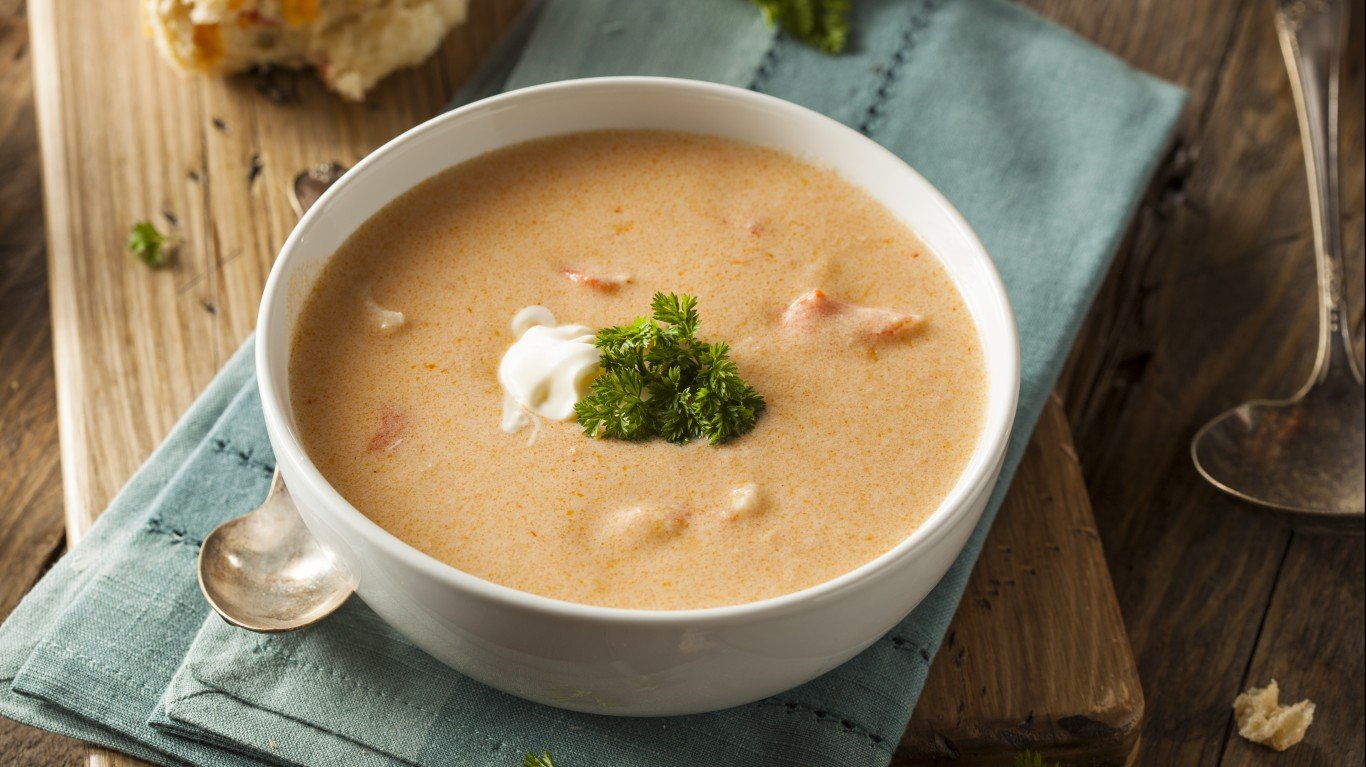
5. Lobster bisque in a place that doesn’t serve lobster
This rich, elegant soup should always be flavored not only with lobster but with lobster shells. If there’s no lobster on the menu, that means the place almost certainly won’t have shells to use, so chances are that the bisque comes out of a can or in a frozen block. Lobster bisque is usually pricey, and the least you can expect when you order it is a correctly prepared house-made version — preferably with plenty of lobster meat included.
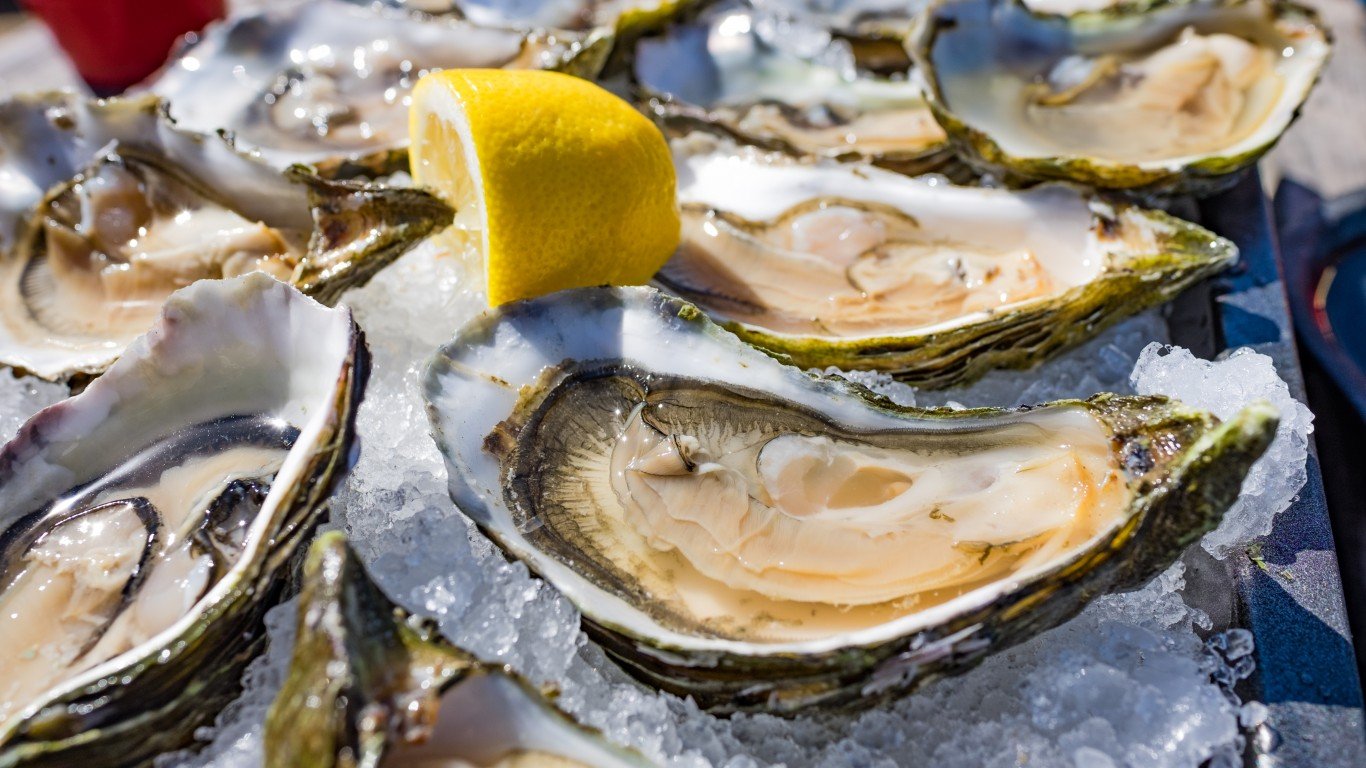
6. Oysters in a place that doesn’t serve a lot of them
Some sources will flat out tell you never to eat raw oysters. Indeed, these tasty bivalves can be infected with various viruses and bacteria — norovirus, salmonella, hepatitis A, and others — which can have dire consequences, especially for the very young, the elderly, the pregnant, and the immune-compromised. Restaurants that specialize in oysters can usually be counted on to buy only the best and freshest examples and to be well versed in handling them, but even then there will always be some risk. You’re much more likely to encounter problematic oysters at places where they’re not a specialty, though. If they’re not handled properly or they sit around too long, the chances of infection grow, because bacteria multiply quickly.
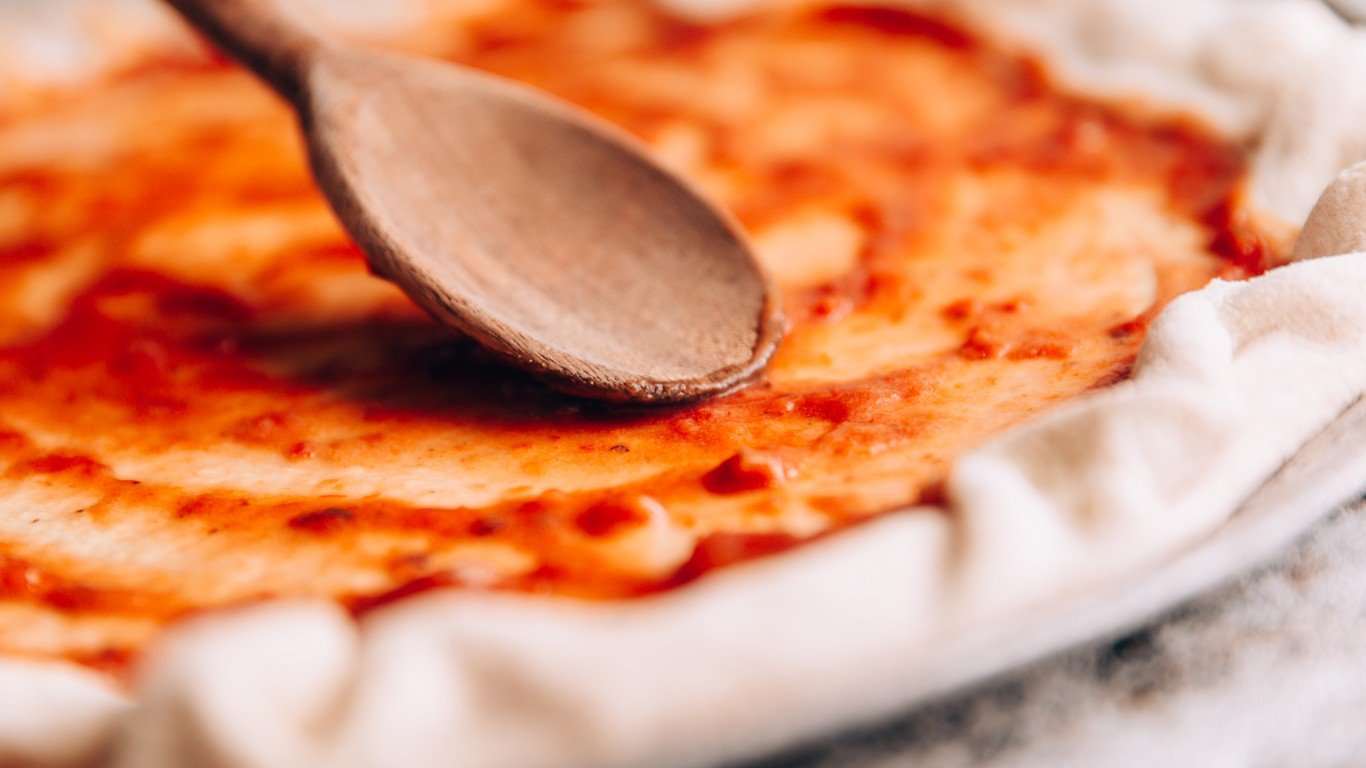
7. Pizza in a restaurant without a pizza oven
Whether it’s wood-burning, coal-fired, oil-fired, or fueled with gas, a high-temperature pizza oven, preferably made of brick, is the only kitchen appliance that can produce a perfect crust, crisp but moist. Pizza-makers in Naples, where pizza was invented, typically cook their pies at temperatures of at least 800ºF (there’s even an American chain called 800 Degrees), and sometimes as hot as 1000ºF. Sure, you can make pizza in a regular oven, even at home, where 500ºF will probably be your highest setting, but it’s best to hold out for the real thing — especially if pizza is only an occasional treat for you.
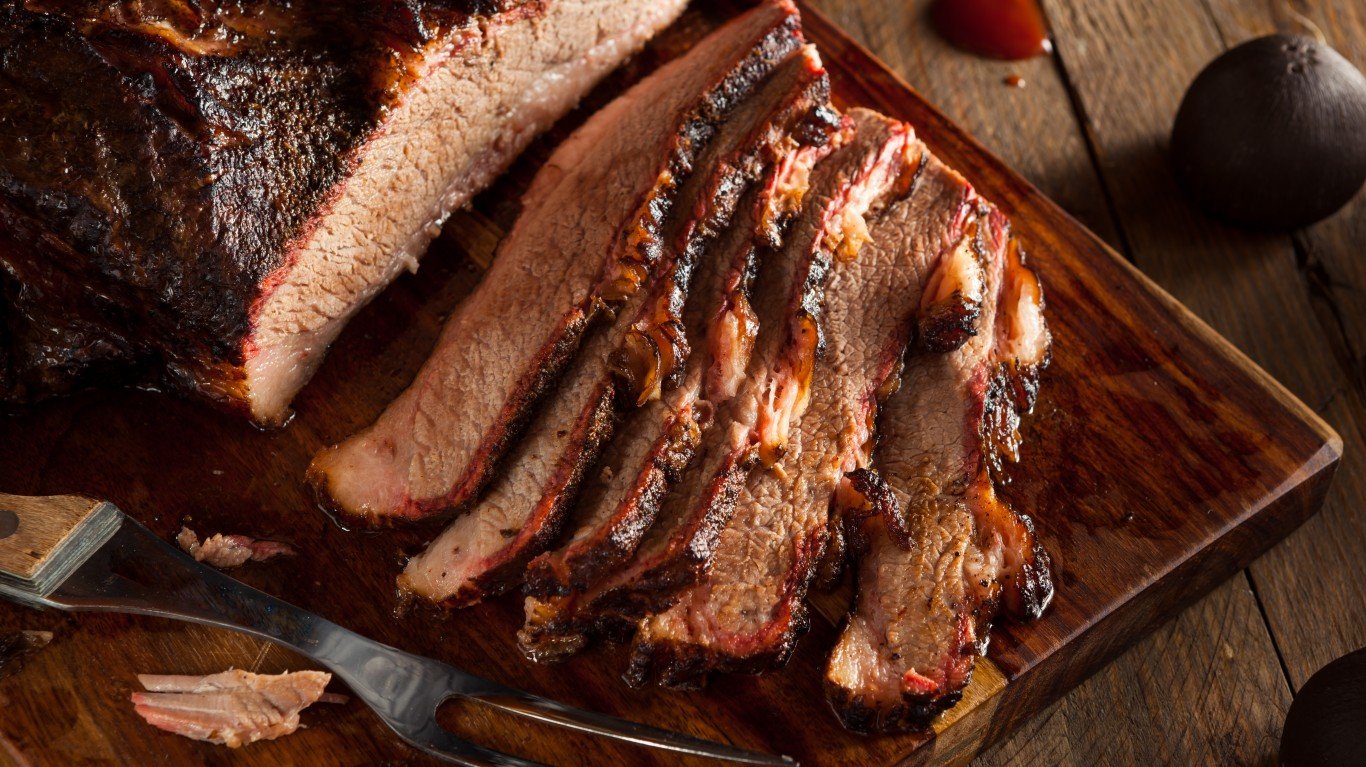
8. Barbecue in a place without a smoker
The genre of food called barbecue (or BBQ, or just plain ‘cue) — not to be confused with backyard grilling — requires long, slow smoking over indirect heat. You should be able to smell the woodsmoke when you approach a barbecue joint — and if you order barbecue at a place without a smoker, you’re almost certainly getting something out of a commercial food service package, which is to say something you could probably find at the supermarket and cook for yourself at home.
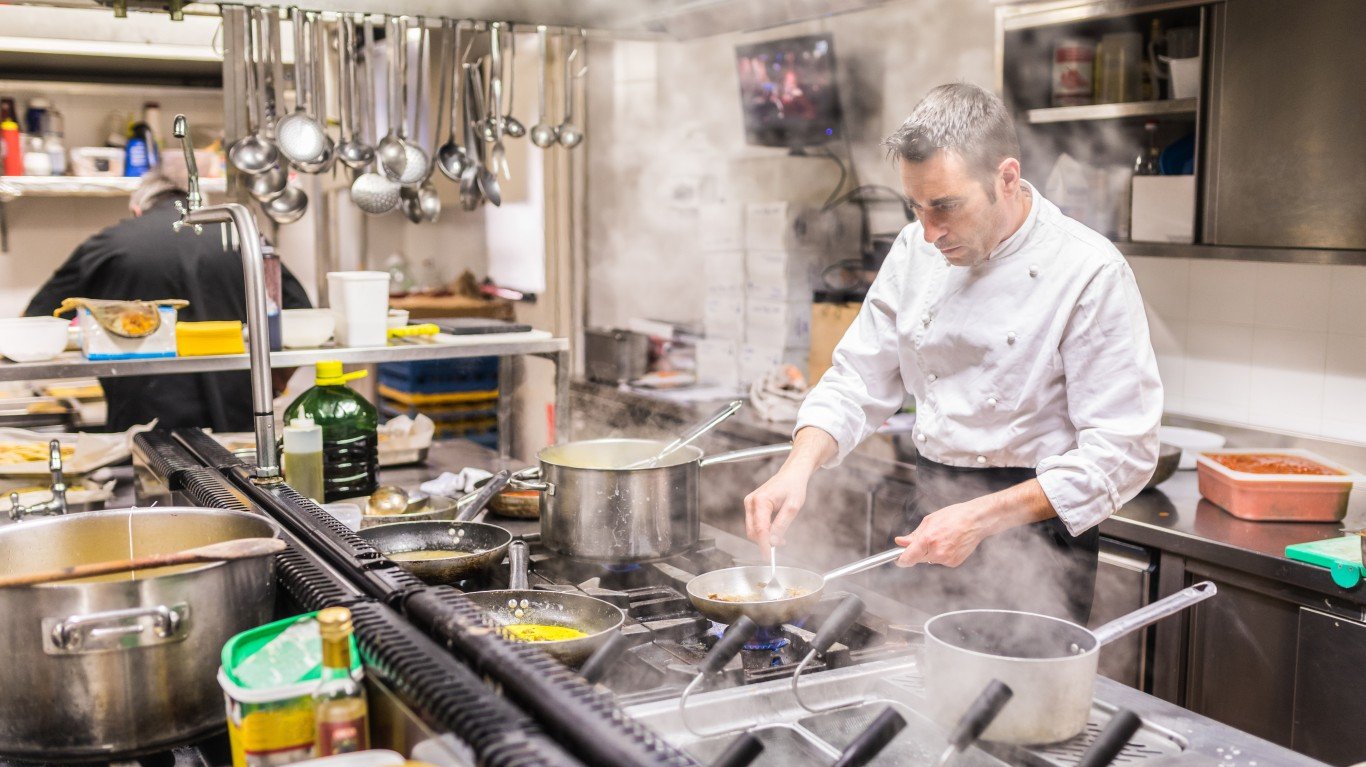
9. Risotto in a non-Italian restaurant
There are exceptions to this rule, but there aren’t a lot of them. As long as you don’t overcook it or load it down with too many ingredients, pasta is fairly easy to make well. Risotto isn’t. The variety of rice, the quality of broth, the stovetop temperature, the almost-constant stirring, the knowledge of what additional ingredients to add and when to add them, and above all the knowledge of (or feel for) when to stop cooking are all key factors in producing a good risotto — one with the right texture and degree of moisture. Only somebody with long experience in the matter is apt to be able to turn out a perfect example, and that almost always means an Italian cook or somebody trained by one.
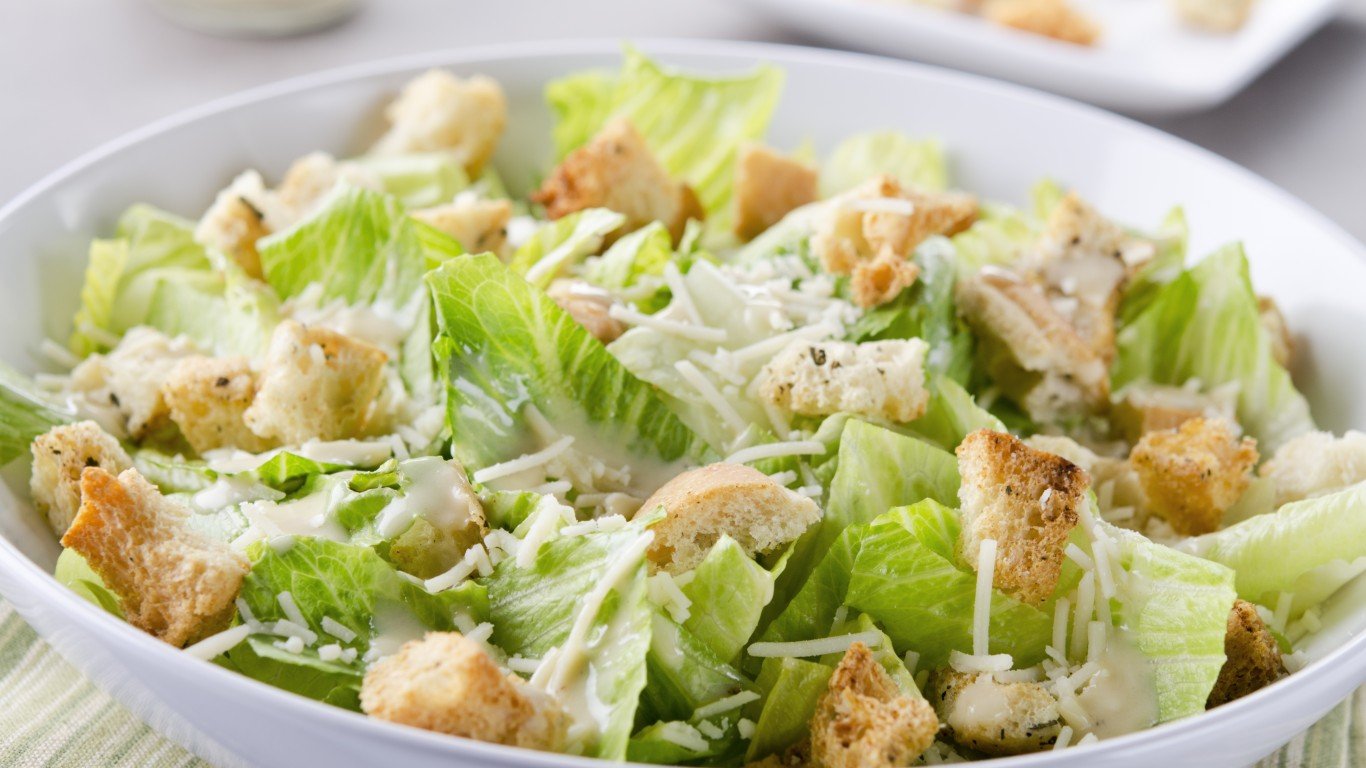
10. Authentic Caesar salad
Caesar salad — first made not in Italy as is often supposed, but by an Italian chef in Tijuana — is one of the great food inventions of the 20th century, even if it has been endlessly adapted, altered, and sometimes demeaned. And of course the idea of having the real thing, an authentic Caesar, sounds very appealing. That means romaine lettuce leaves and croutons in a dressing of olive oil, lime juice (not lemon juice; the same word, limón, is used for both fruits in Mexico, but limes are far more common), Worcestershire sauce, croutons, and grated parmesan cheese — anchovies are a later addition — stirred into an emulsion made with (and here’s the problem) coddled eggs. A coddled egg is one that has been briefly poached in a boiling water bath, usually for just one minute. It is virtually raw, in other words. A Caesar made this way is delicious — but if you have the slightest concerns about salmonella or other health issues, or if you wouldn’t eat a raw egg in any other form, avoid this version of the salad.
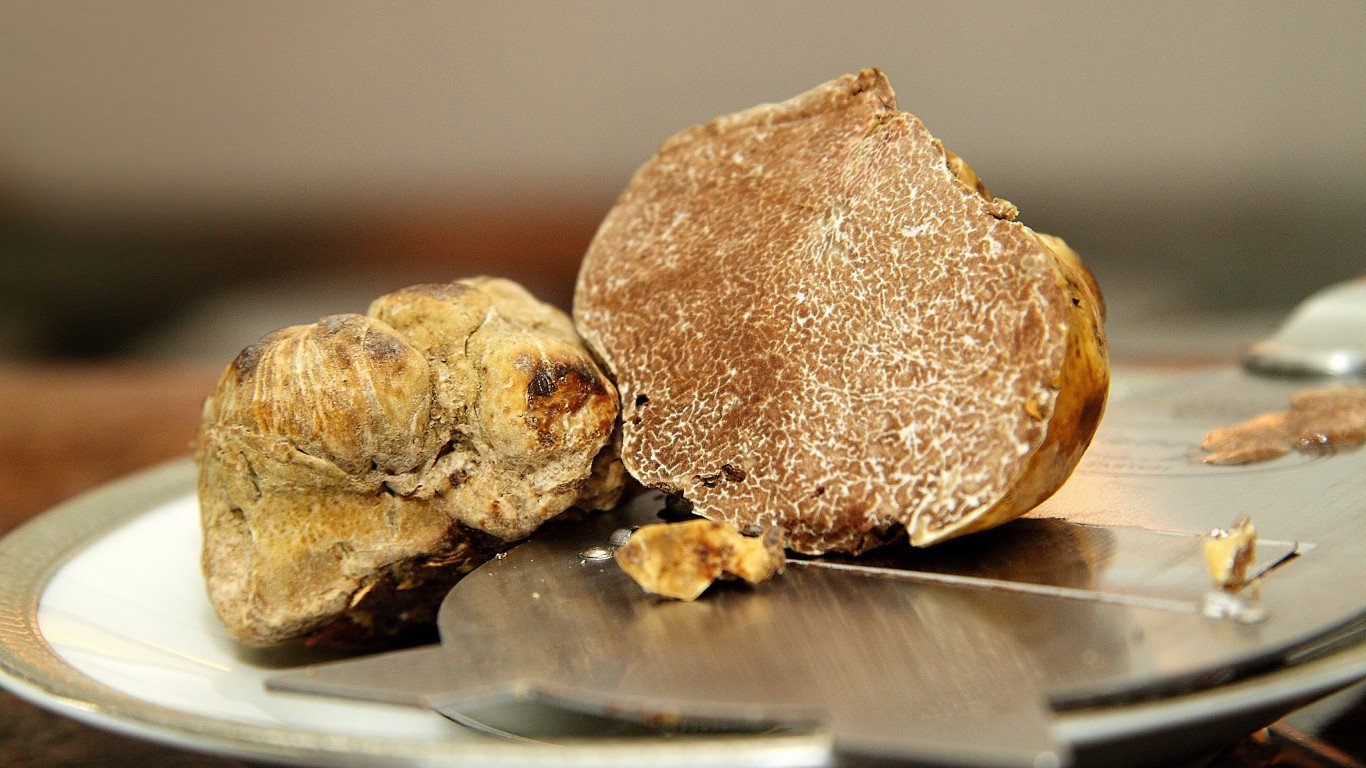
11. Anything with white truffle oil
White truffles are one of the world’s great seasonal gastronomic treats, extremely pungent and full of earthy flavor. They’re also incredibly expensive, and at some point somebody figured out how to lend truffle flavor to food without the truffles themselves. That involved macerating truffle trimmings in olive oil to produce a full-flavored condiment. Unfortunately, while the real thing still exists, most commercial truffle oil today is flavored not with that pricey tuber at all but with aromatic compounds like sulfurous 2,4-dithiapentane, meant to imitate truffle character. It doesn’t do a very good job, but tends to overpower the other ingredients in a dish with simplistic potency, while leaving an unpleasant taste behind.
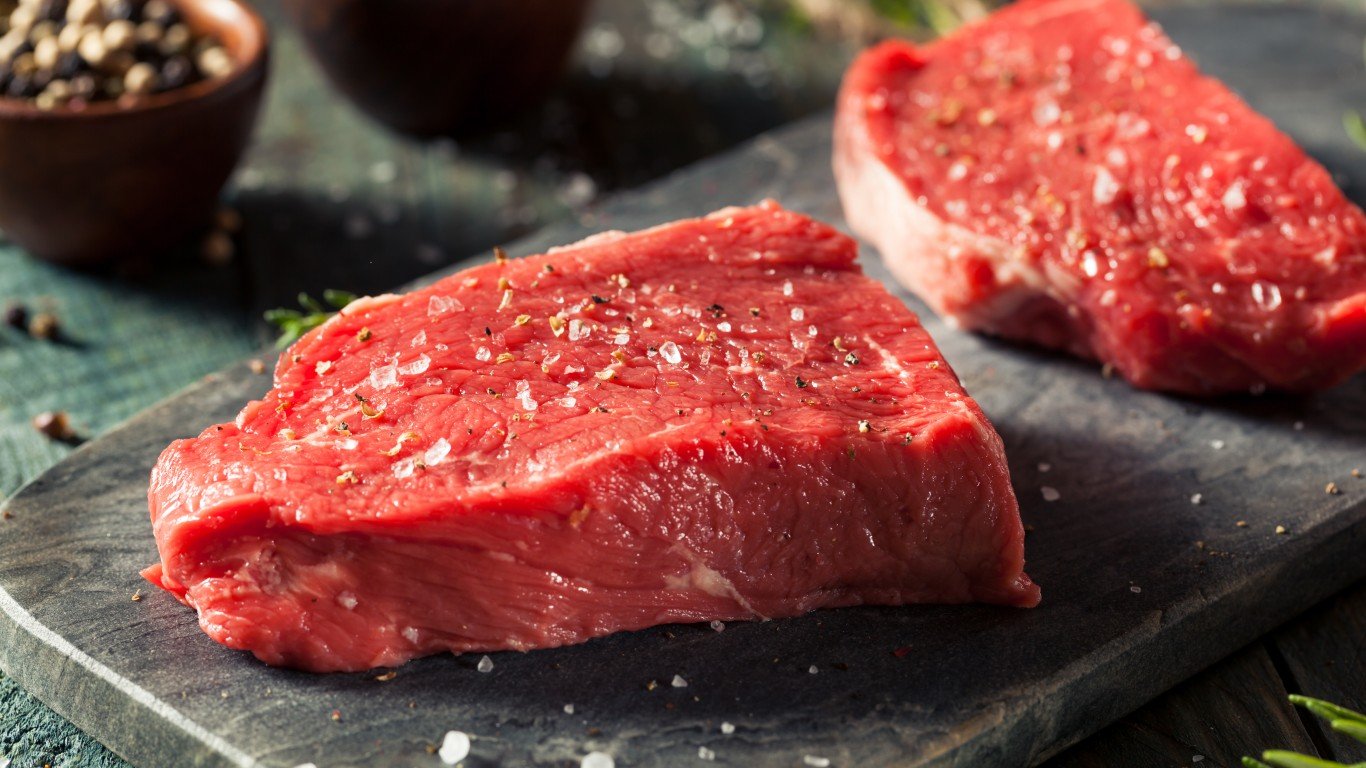
12. Well-done steak
Chefs hate to serve steak well-done, because they know that overcooking robs it of its juices and much of its flavor, and toughens it in the bargain. Some restaurants even point-blank refuse to cook meat that way, or at least include a disclaimer on their menus, reading something like “We are not responsible for steaks ordered well-done.” (One Minnesota restaurant, in defining different temperatures for ordering steak, crosses out “well done” and adds a note that says “Order chicken.”) And even if you can get a place to serve you a well-done steak, remember that some kitchens save inferior cuts for their “well-done” customers, on the theory that they probably won’t be able to tell the difference.
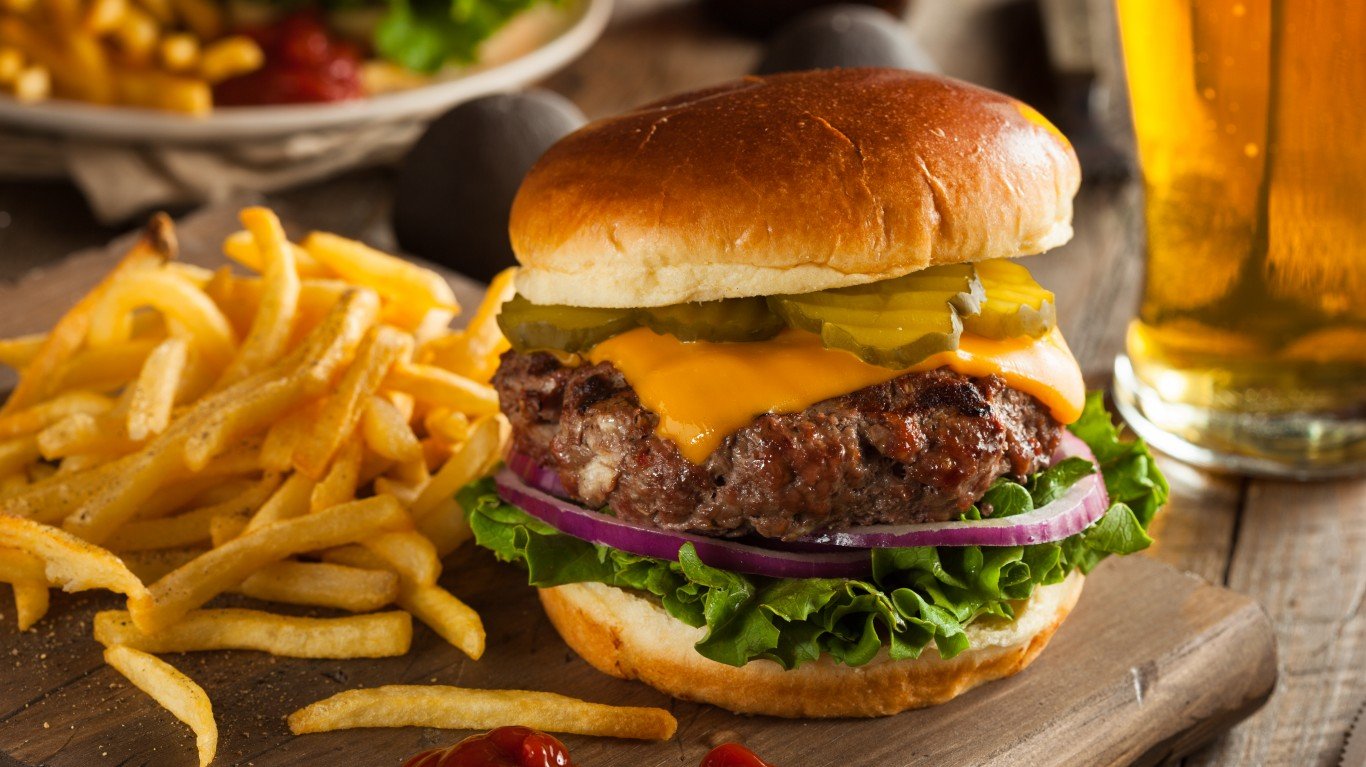
13. Rare hamburger
While a good steak is best eaten rare or medium-rare, burgers should be cooked more thoroughly. Ground meat is particularly susceptible to contamination with E. coli, salmonella, and/or other bacteria. The high heat applied to searing a steak kills most of the bacteria on its surface. With a burger, however, the bad stuff can get mixed into the meat, and may linger there unless the interior temperature reaches about 160ºF — which means pretty close to well-done.
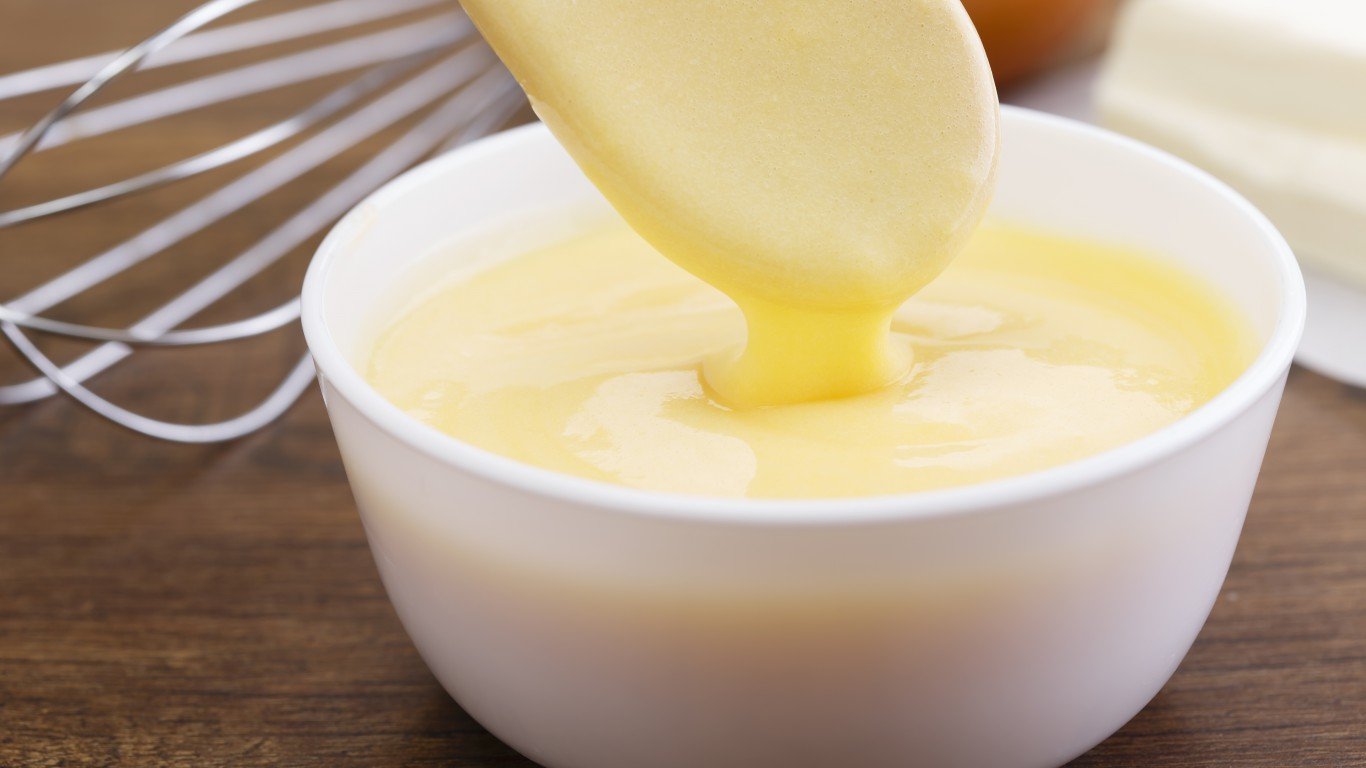
14. Anything with hollandaise sauce
This rich, appealing sauce of egg yolks, butter, and lemon juice is a classic of French cuisine, and the basis for many great French sauces. However, it’s tricky to make correctly (and without scrambling the eggs), so many restaurant kitchens prepare one big batch for the day. And to preserve its texture, it has to be kept lukewarm, neither too hot nor too cold, and that’s the perfect temperature for the growth of bacteria. As Anthony Bourdain once noted, “Nobody I know has ever made Hollandaise to order.” And, yes, sorry, but that means that eggs Benedict probably isn’t the safest choice on the brunch menu.”
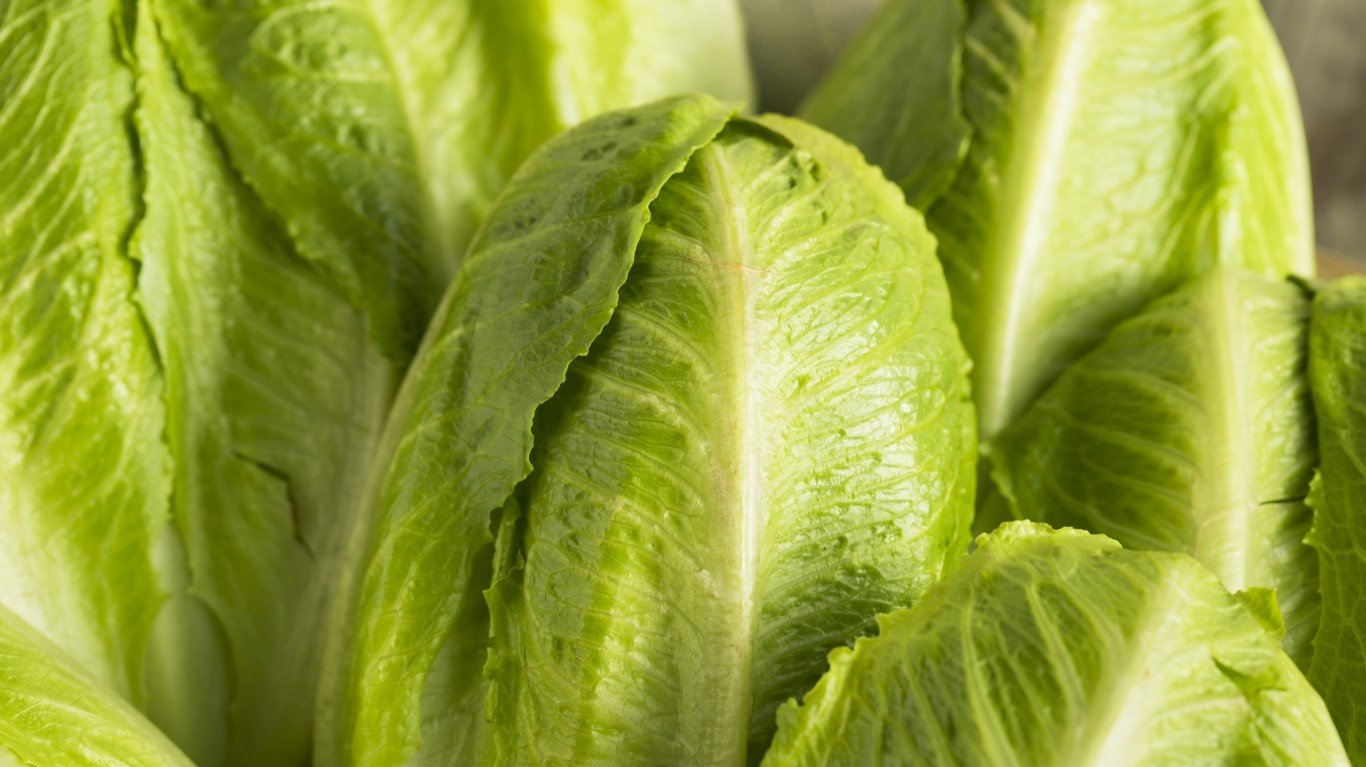
15. Lettuce and tomato on your burger
This caveat might not apply in a very good restaurant that takes its burgers seriously, but all too often, even on an otherwise good burger, the lettuce set aside for garnishing will be limp and the tomato slice will be mealy (and usually out of season). As Madeleine Davies wrote a while back for “Eater,” if you ask for lettuce and tomatoes on your burger, “At least seven out of 10 times, I can guarantee you that the produce you’re getting will not elevate the culinary experience….“
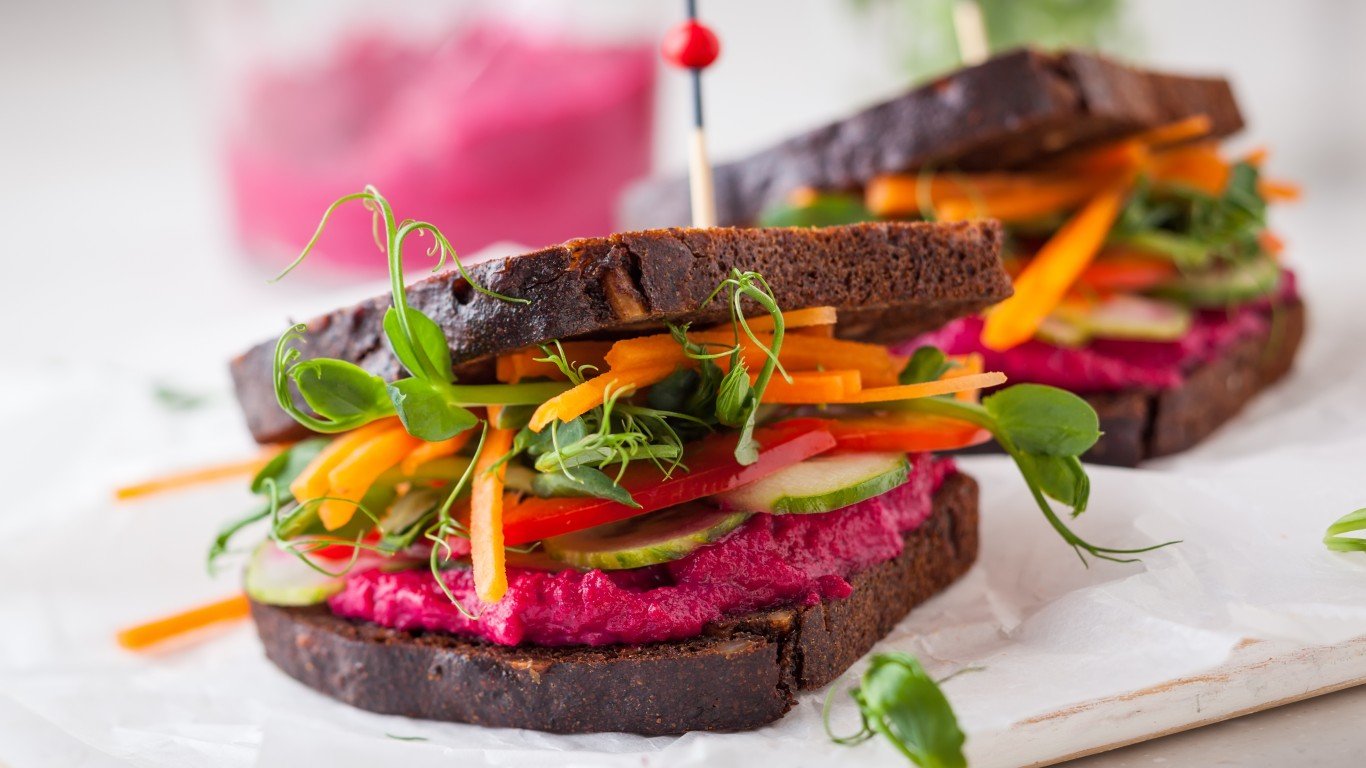
16. Sandwiches or salads with sprouts
Sprouts, whether from alfalfa, mung beans, peas, or any other vegetable, are germinated seeds, with many nutritional benefits. Unfortunately, they can also be hotbeds of harmful bacteria like E. coli and salmonella, because sprouts are grown commercially in warm, humid environments, which bacteria love. Eat sprouts at home, where you can be sure they’re not slimy and don’t have an off smell, and have been properly refrigerated. You won’t know much about their condition when you order them at a restaurant, so they’re best to avoid.
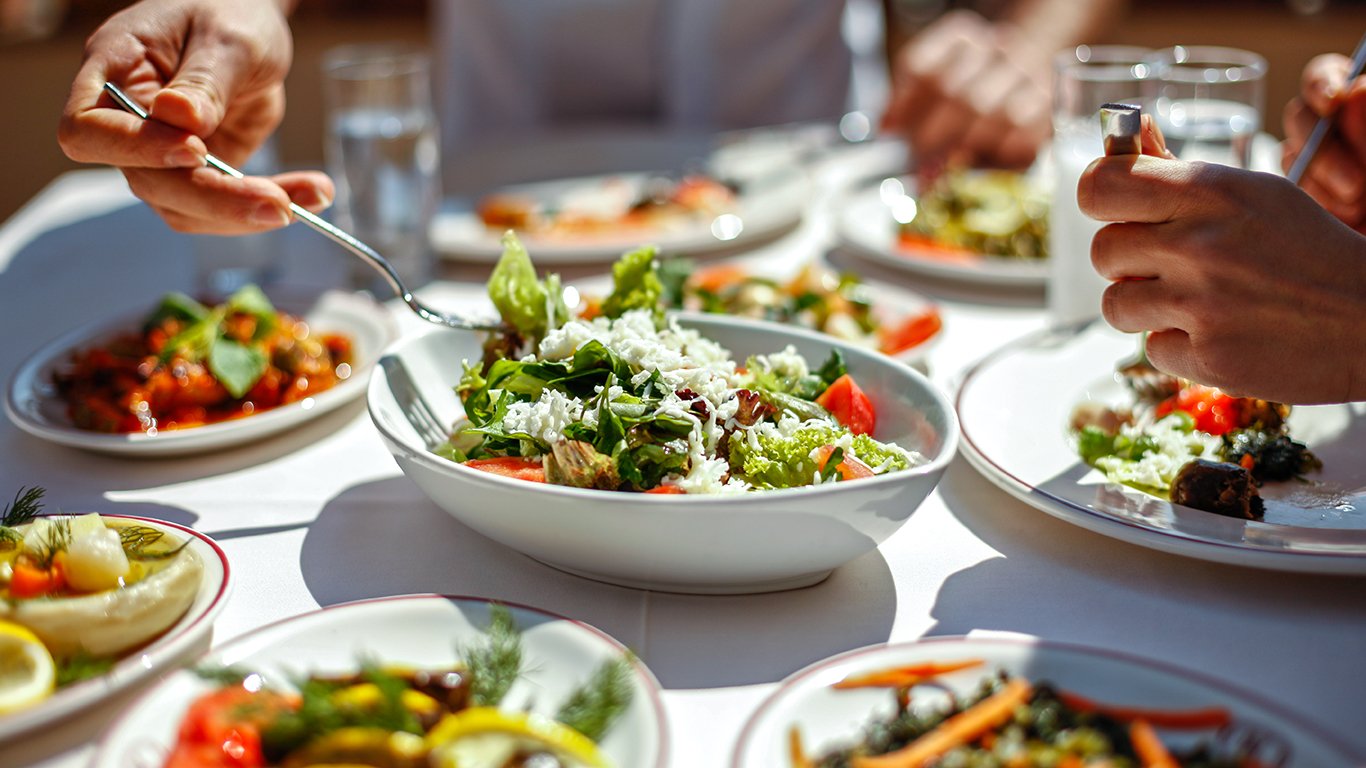
17. The house salad
As with sprouts, salad greens are prone to bacterial contamination, and there have been numerous cases of recalls of commercially grown lettuce. If you eat salad at home, you can wash the greens thoroughly yourself, but you don’t know how they’ve been handled when you’re out. Another reason not to order salad in a restaurant: It’s probably the single menu item with the highest markup, made with maybe 40 or 50 cents’ worth of greens with maybe another 30 or 40 cents’ worth of dressing, but typically priced at $5 to $10. You might as well make it at home.

18. Drinks garnished with citrus fruit
Slices or wedges of lemon, lime, or orange add flavor and color to cocktails and even to plain water. Unfortunately, the cut fruit is handled by bartenders and kitchen workers who may or may not wash their hands frequently or be wearing gloves, and the fruit often carries bacteria. A 2007 study published in the Journal of Environmental Health found that almost 70% of lemon slices that had been placed on the rims of beverage glasses in 21 different restaurants showed microbial growth. When you’re ordering that drink, just say “No fruit, please.”

19. Tap water
The tap water served in most locations is probably perfectly safe, though it may have an unpleasant chlorine character or other off flavors and aromas. But sometimes it’s not safe at all, especially in rural areas: There are water systems in every state that violate the Environmental Protection Agency’s Safe Drinking Water Act. Another possible problem is that, although it’s a violation of health codes, restaurant workers typically use their bare hands to move ice from the ice machine to glasses, possibly transferring bacteria at the same time. Bottled water that’s already chilled, so it doesn’t need ice, is safer, though of course it raises environmental issues. The ideal solution, embraced by a growing number of restaurants, is serving carafes of (chilled) filtered or purified tap water — much safer than what comes straight out of the faucet, especially if you skip that lemon garnish.

20. More than two glasses of wine by the glass
This is simply a matter of economics. The standard restaurant pour for wine by the glass is about five ounces. A 750 ml bottle of wine contains just over 25 ounces. A typical wine list in an upscale but not super-luxurious restaurant might charge $15-$20 for a glass of good chardonnay or $60-$80 for a bottle of the same. If you’re only having two glasses, fine. If you’re ordering three, you’re getting about three-fifths of the bottle while probably paying for the whole thing.
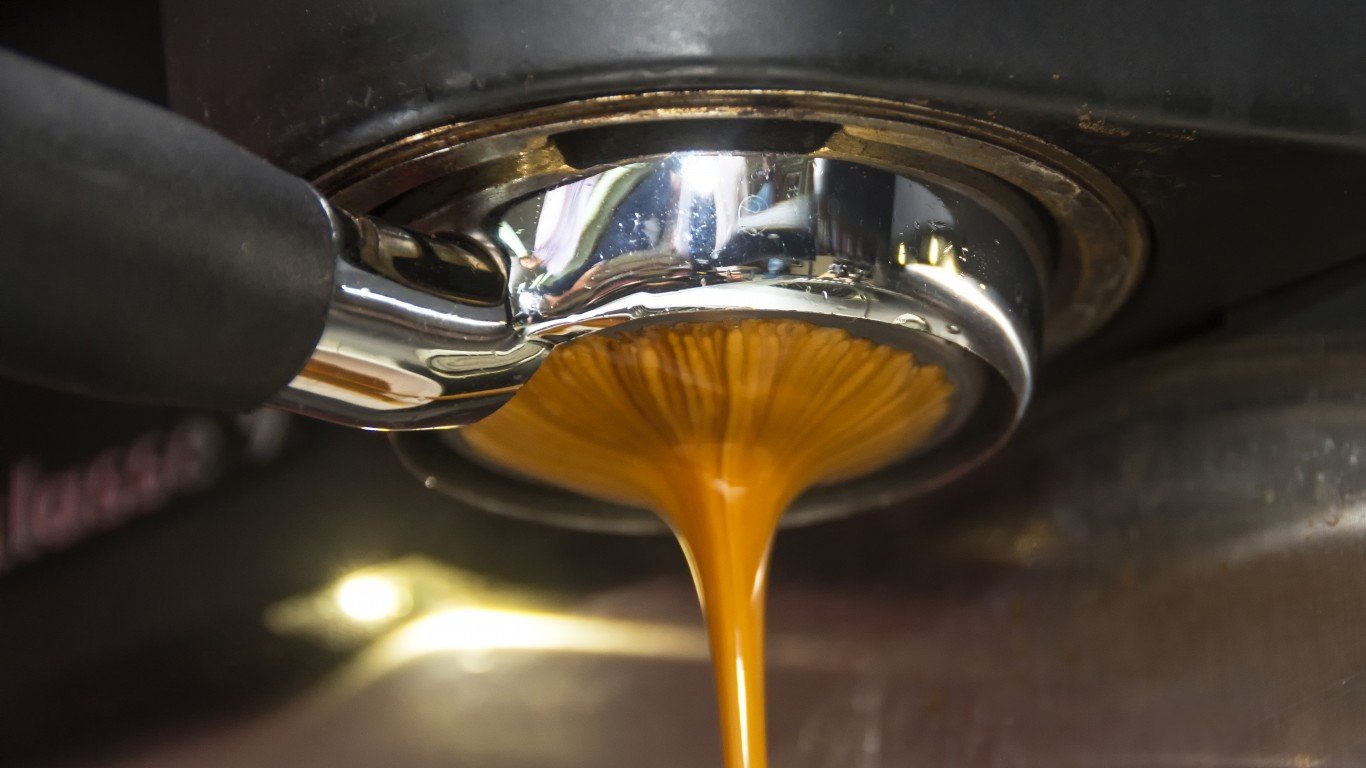
21. Espresso after your meal
If you enjoy a good, strong shot of espresso with plenty of crema on top, well, good luck getting it in a restaurant. There are now so-called third-wave coffee shops almost everywhere who know how to produce excellent espresso, but the number of restaurants that can manage it is shockingly small — and that includes Michelin-starred establishments with pricey tasting menus. Places that might charge $3 or $4 for a cup of okay regular coffee bump the tariff up to $6 or $8 or more for a tiny cup of what is all too often murky, foamless sludge. Unless you know that the restaurant can do it right, just ask for the check and stop at an Intelligentsia or Blue Bottle on the way home.
